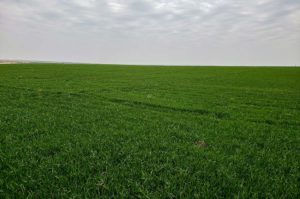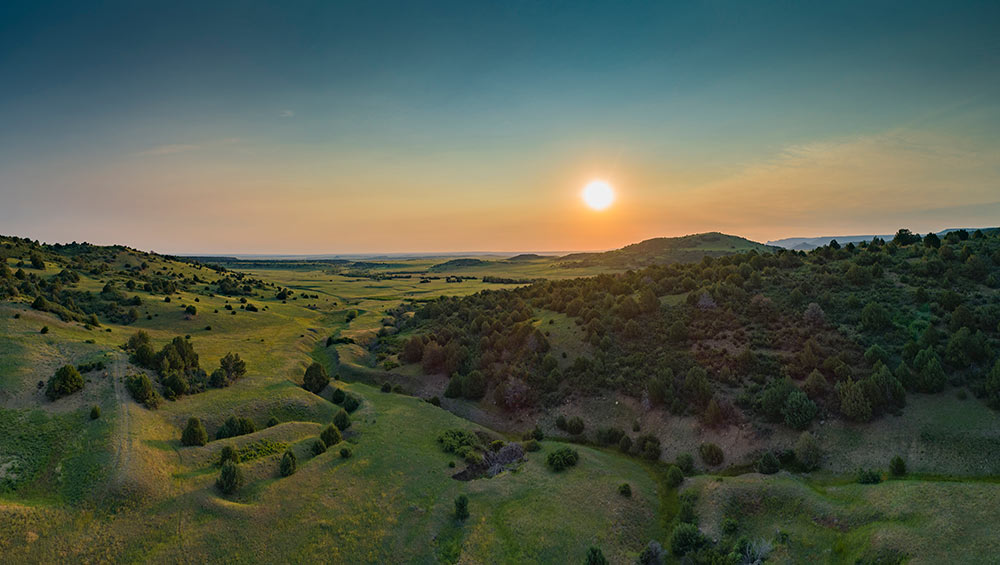Ranches Are Big Farms
If you’re looking for investment land, do you know how to differentiate between ranches or a big farm for sale? The two have many things in common. In fact, technically, all ranches are farms. And both farms and ranches provide food products. Both require industrious farmers and ranchers to maintain them. Owning any large acreage comes with much more work than a city lot.
Difference between Farms and Ranches
There are all different types of farms and even some crossover between farms and ranches.
When you compare the two, you’ll find – acre for acre – farms are more concise and ranches more spread out. We still find some large farms and some small ranches.
While farms produce agricultural products, they may raise livestock who also. The farm’s function is to facilitate agricultural goals and resources. In general, farms produce crops just as ranches usually raise cattle, sheep, or goats.
On a farm, the farmer needs to save himself some steps. Most consolidate activities to a main area. This facilitates the production and storage and dissemination of the agricultural products. In contrast, ranches may be so large that sources of water and feed is available around the acreage. In that case, livestock do not need to return to a central barn every day.
Similarities between Farms and Ranches
There are commercial farms, giant spreads focusing on few crops. And there are small farms, usually personal and often family owned for generations.
The purpose of the work on the farm focuses on tending the land, maintaining soil, or keeping livestock alive. So, we see livestock farms, horse farms, poultry farms, dairy farms, crop farms, a mixture of crops and animals, and everything in between.
Ranches for Livestock
Western ranches tend to be exceptionally large. Livestock is the main product on a ranch. The primary duties of ranchers will be raising and selling livestock. However, some ranchers have added other activities to their properties–hunting, equestrian activities, fishing, ATV riding, and more.
Ranches need to be big to provide extensive land for grazing. About 2.5 acres per cow. Think about the tasks and equipment required to tend animals on a large ranch. Ranchers will need to be provide nutritious pastures. This takes studying the soil, water sources, needs of the animals, and the weather patterns. Animals will graze in many areas over the course of time.
Business of Ranching
Ranchers must also be business minded. They need to buy cattle, sell cattle, and oversee a healthy reproductive cycle. Ranchers find themselves continually upgrading the land and improvements. They maintain equipment and build improvements. For example, they build and mend fences, grade roads and cut trails. `Ranchers establish and protect water supplies and sources. If they operate calving facilities, they will be scrutinizing the ground, fencing, pens, and buildings to ensure the safety of the animals and ranch help. They develop feed sources, including planting hay or nutritious pastures. Yes, they may also keep horses, horse stables, and venture out to move cows on horseback—or 4-wheelers.
How to Shop for Big Farms and Ranches
When it comes time to buying one of these large pieces of land, take the time to investigate thoroughly.
Call (719) 336-7802 or stop by the office at 20 S. Main Street, Lamar, CO 81052 for a visit. Heading up our Farm and Ranch division, Gene comes with personal farming experience along with years of transactions with both farms and ranches.
Your Southeastern Colorado Real Estate Specialists at Cruikshank Realty, Inc. in Lamar, CO serve clients in a broad area. Gene Cruikshank holds licenses for Colorado, Kansas, Oklahoma, and New Mexico. We guide you to real estate investment to best suit your goals. Services range from normal private treaty marketing to Land Auctions.

